Kenya’s New Building Code: A Bold Step Towards Safer and Sustainable Construction
Our country’s construction sector is on the brink of a transformative shift with the introduction of a new Building Code, set to take effect in March 2025. This landmark regulation aims to address long-standing safety concerns, promote sustainable practices, and align the industry with international standards. For a country rapidly urbanizing and with ambitious infrastructure goals, the timing couldn’t be more crucial.
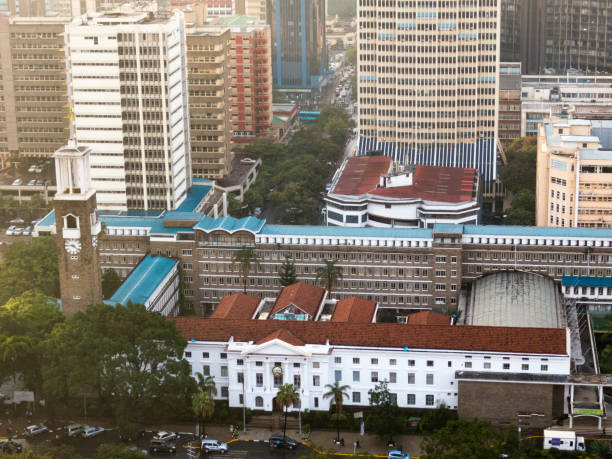
The construction industry in Kenya, though a significant contributor to the GDP, has often been criticized for substandard practices, unsafe buildings, and lax enforcement of regulations. This new Building Code promises to change that narrative, ensuring that the structures we rely on for shelter, work, and growth are not just functional but also safe and sustainable.
Why the New Building Code Matters
- Enhanced Safety Standards
In recent years, Kenya has witnessed tragic incidents of building collapses, often attributed to poor construction practices and lack of oversight. The new code introduces stringent safety measures, including mandatory structural audits and frequent site inspections. Builders will now be required to adhere to detailed engineering guidelines, ensuring that every project meets the highest safety benchmarks. - Accountability for Stakeholders
The code places significant responsibility on architects, engineers, and contractors. Professionals involved in construction will be held accountable for compliance, and failure to meet the standards could result in severe penalties, including license revocation. - Promoting Sustainability
As climate change becomes a pressing global issue, the Building Code integrates sustainable practices into the construction process. Developers will need to prioritize eco-friendly materials, energy-efficient designs, and water-saving technologies. These measures not only reduce environmental impact but also lower operational costs for property owners in the long term. - Streamlined Approval Processes
To address delays in project approvals, the code introduces a digitized system for building permits. This move is expected to reduce bureaucratic inefficiencies, making it easier for developers to initiate and complete projects within stipulated timelines.
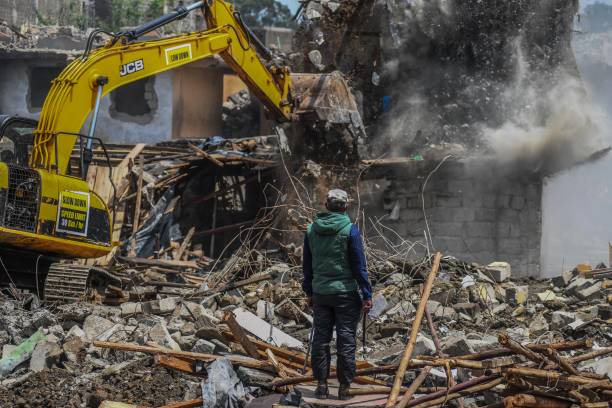
Implications for the Construction Industry
- Cost of Compliance
While the new regulations are a step in the right direction, they come with increased costs. Builders will need to invest in quality materials, skilled labor, and regular inspections. For small-scale developers, this may pose initial financial challenges, but the long-term benefits far outweigh the costs. - Boost to Public Confidence
With safety and quality at the forefront, the new code is likely to restore public trust in the construction industry. Homebuyers, tenants, and investors will have greater confidence in the durability and safety of properties, which could stimulate growth in the real estate market. - Opportunities for Innovation
The emphasis on sustainability creates a fertile ground for innovation. Companies specializing in green construction, renewable energy solutions, and modern building technologies stand to gain immensely. This could also pave the way for job creation and skill development in emerging sectors.

Challenges to Overcome
- Enforcement Gaps
The success of the new Building Code hinges on effective enforcement. Historically, corruption and lack of resources have undermined regulatory efforts. The government must invest in training inspectors, strengthening institutions, and adopting transparent processes to ensure compliance. - Awareness and Education
Many developers and contractors may not be familiar with the new regulations. Comprehensive awareness campaigns and capacity-building programs will be crucial to bridging this gap and ensuring smooth implementation. - Balancing Costs and Affordability
While the code promotes quality, it’s essential to balance these measures with affordability, especially for low-income housing projects. The government could consider subsidies or incentives to encourage compliance without burdening developers.
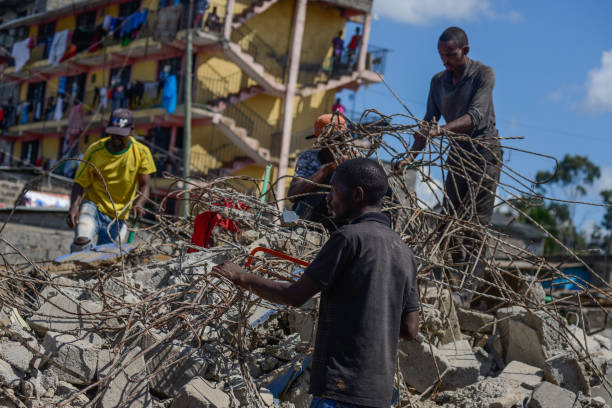
The Road Ahead
Kenya’s new Building Code is more than just a regulatory framework; it’s a vision for a safer, greener, and more efficient construction industry. It represents a commitment to protecting lives, fostering economic growth, and preserving the environment for future generations.
As we look forward to March 2025, the onus lies on all stakeholders—government, industry professionals, and the public—to embrace these changes and work collaboratively toward their successful implementation.
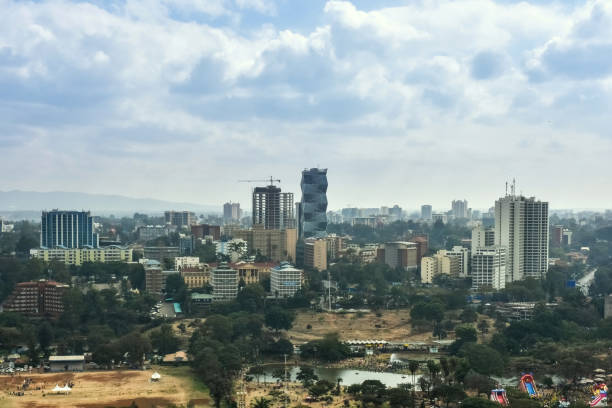
Conclusion
The introduction of the Building Code marks a pivotal moment in Kenya’s journey towards sustainable development. While challenges remain, the potential benefits for safety, sustainability, and economic growth are undeniable. With the right measures in place, this code could set a benchmark for construction practices not just in Kenya but across the region.
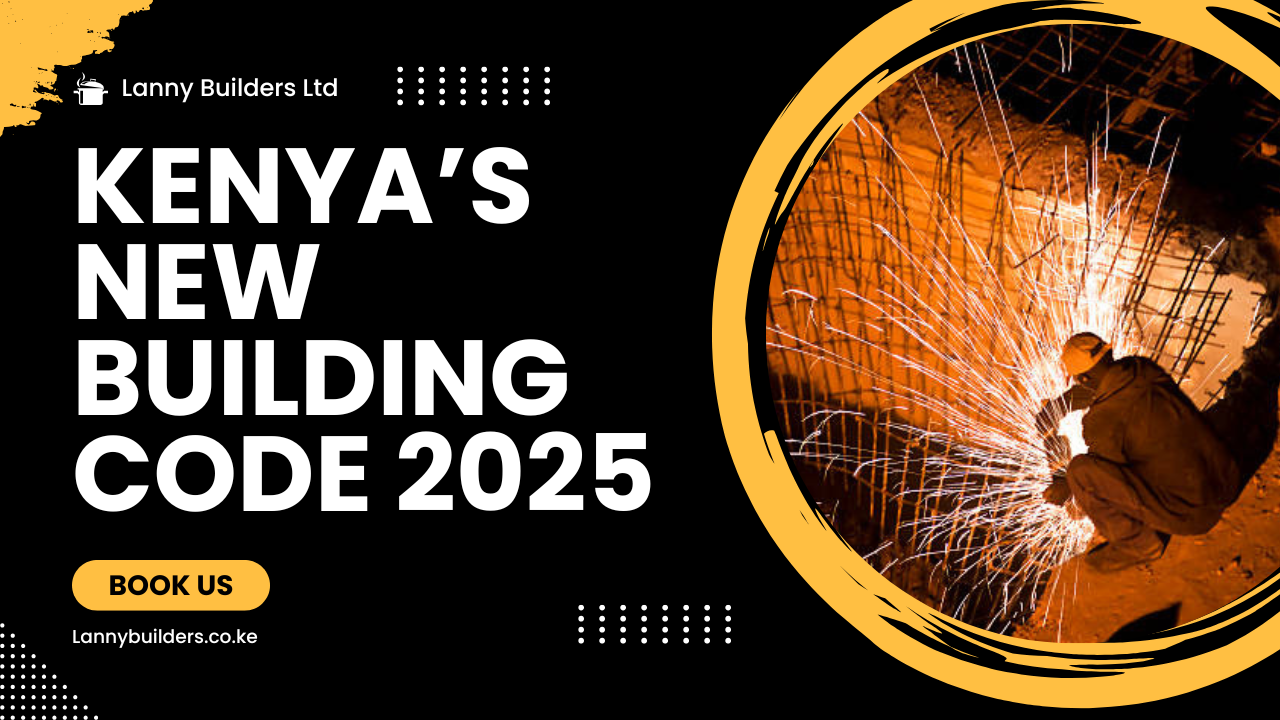
Your phrase is matchless… 🙂
I suggest you to visit a site, with a large quantity of articles on a theme interesting you.
There’s a quiet intensity to this piece that makes it unforgettable. It’s the kind of writing that lingers in your mind long after you’ve put the book down or closed the screen. Every line seems to carry with it an echo — a subtle reverberation that invites further reflection, and that’s a quality not easily found in modern writing.
I congratulate, your idea is brilliant
——
аренда яхт карибские острова